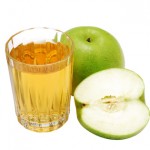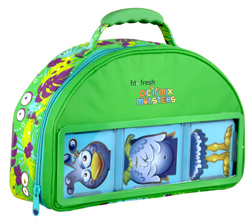I took a walk this morning to the llama and cow farm down the street and said hello to Ferdinand, the name I gave the sole bull amongst the heifers. I watched as he threw up cud into his mouth a couple of times while we locked eyes. My instinct was to dry heave but I stayed with him and watched as no sign of uncomfortable-ness or fear or icky-ness passed his eyes. If I were to throw up into my mouth, I certainly wouldn’t be that calm.
I remembered that cows have 4 stomachs and their digestive tracts are set up so that a cow or bull needs to re-chew her/his food (cud) several times before he can digest the fibrous grass. This is from WikiAnswers: “The cow typically likes to swallow her food whole, so the process of fermentation is twofold: one after she initially swallows or eats feed like grass, hay or grain, then again after she regurgitates the partly digested matter, re-chews it to break it down even more, then swallows it again to complete the fermentation (or rumination) process’”
I realized that this action from Ferdinand was a metaphor for life. How many times have we tried to accomplish a goal and failed or “get over” an issue only to have it resurface? What if we remained calm and saw “failure” as actually one step closer to achieving our goal? Let’s try not judging ourselves so harshly or giving up because that issue we went to therapy about or talked with our friends about keeps coming back up.
So if you have “failed” another diet, couldn’t get your kids to eat the whole grains you purchased and have resorted back to feeding your kids what they want to eat instead of what is the most healthful for them try this instead of beating yourself up: look at the “failure” as not a failure at all but as a gift, an opportunity to try something new, a lesson in what did and didn’t work, and begin again. Perhaps you took on more than you could handle or you didn’t have the support to stick with it. That is what Build Healthy Kids is all about. Join me in making one small change at a time.





 Dr. Debbie Kennedy (Dr. Deb) is a pediatric nutritionist with 23 years of experience in the field. She has worked with both Yale and Columbia Universities, and has developed programs for some of the industry’s luminaries such as Dr. David Katz and Dr. Mehmet Oz.
Dr. Debbie Kennedy (Dr. Deb) is a pediatric nutritionist with 23 years of experience in the field. She has worked with both Yale and Columbia Universities, and has developed programs for some of the industry’s luminaries such as Dr. David Katz and Dr. Mehmet Oz. 

